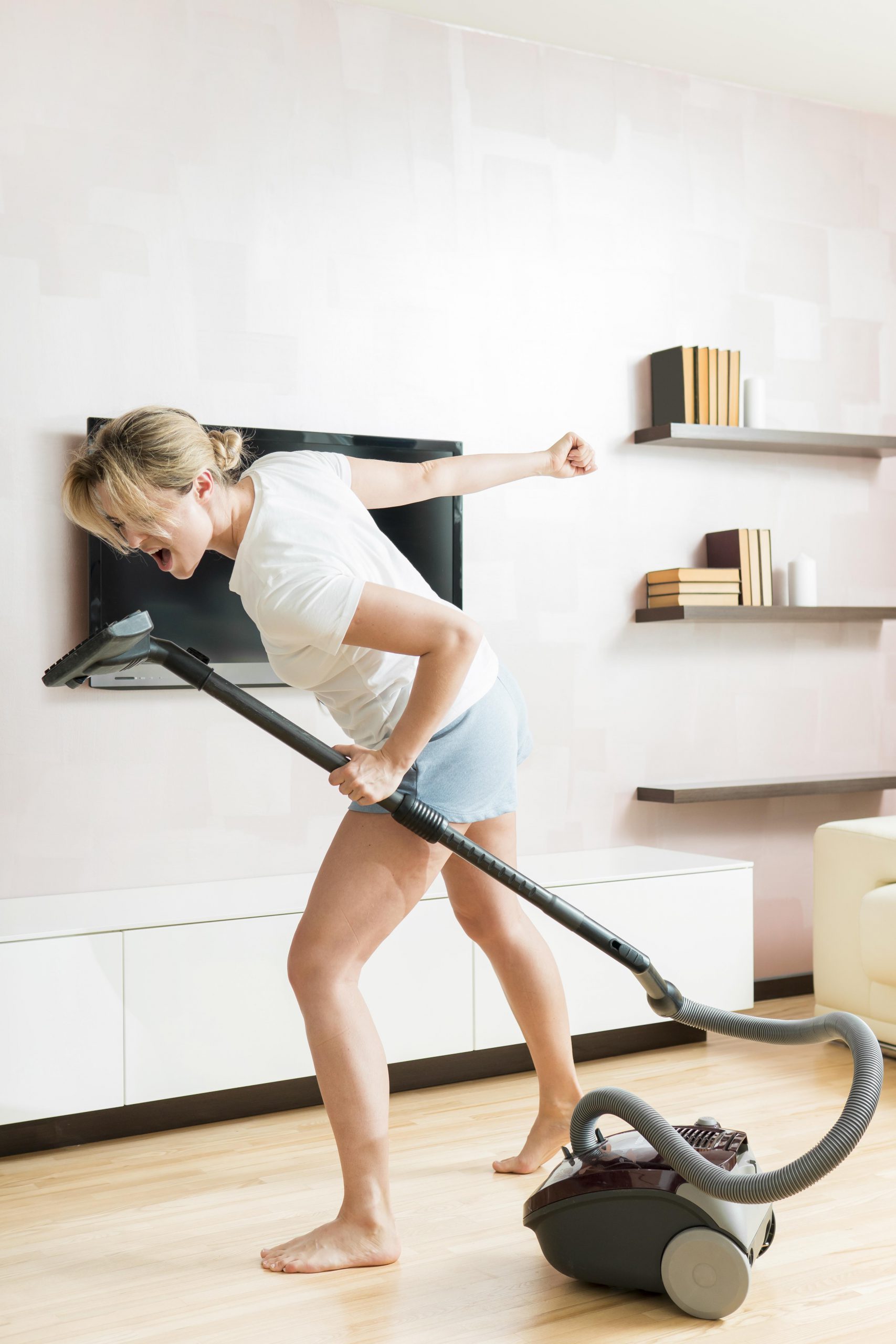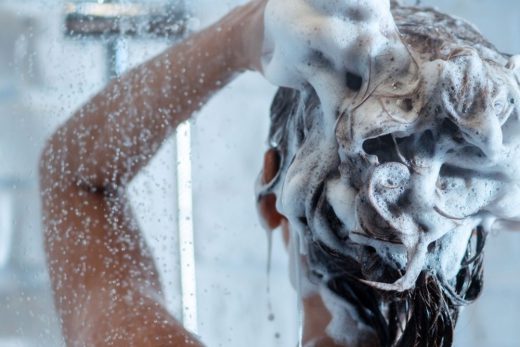Cleaning Methods… You may think you are making your home very clean. Your home is always tidy, you clean your surfaces every day with organic or all-natural products, dust and even vacuum every few days. But until you find out what’s hiding inside your vacuum cleaner and how dirty it really is, you might continue to think the house is clean.
- ELECTRIC SWEEPERS ARE TESTED, BACTERIA ARE EVERYWHERE
The assumption that vacuum cleaners also need cleaning and maintenance is nothing new. Vacuum cleaners and brushes are definitely overwhelmed by germs and bacteria, according to a 2008 study by researchers at the University of Arizona. The vacuum cleaners tested contained 50 percent fecal bacteria, 13 percent E. coli bacteria, and every vacuum cleaner tested contained mold. “Our results show that although the process of vacuuming the house is typically short, vacuum emissions release a significant amount of human-borne bacteria,” the researchers wrote.
- YOU MAY HAVE ALLERGY PROBLEMS WHEN CLEANING
“Such emissions can potentially lead to the inhalation of infectious or allergenic aerosols.” The effect of mold and bacteria-laden dust can be worse for allergy sufferers. To get rid of these problems, all you have to do is clean your vacuum cleaner once in a while and spend a little effort to eliminate the germs in there.
- AFTER EACH USE: CLEAN THE BRUSHES
After each use, check all the brushes to make sure there is no dirt or hair stuck on the brush. If you have hair or loose strands wrapped around a brush, don’t pull it: Use a pair of scissors to cut it instead. Then sterilize the brushes with a disinfectant spray.
- EMPTY THE HOPPER WITHOUT FULLY FULLY
According to vacuum cleaner experts, try to empty it every time you use it, rather than let the dust bin of your vacuum cleaner be completely filled. At least empty when the chamber is half to two-thirds full. This way, you expel potential germs or bacteria inside the chamber before they take up space in the chamber. Emptying the hopper also helps improve the performance of your vacuum cleaner.
- CHECK AND WASH FILTERS PER MONTH
Although cleaning the filters of vacuum cleaners must be a big part of your annual routine, it should be checked more often. You can refer to your vacuum cleaner manual to see where each filter is and how to remove it. Then, if it is washable, remove it, rinse with water and rinse under cold running water. Let it dry completely.
- COMPLETELY REMOVE YOUR CLEANER FOR DEEP CLEANING EVERY 12-18 MONTHS
Although you need to clean the parts that can be detached more often, Vacuum cleaner experts say it’s also a good rule to take apart and brush the entire vacuum cleaner. You should do this approximately once a year. To do this, you will need a few things: hot water, dish soap, cleaning brush, and compressed air. First, separate all the pieces; Wet the can or other washable parts such as attachments with hot water. Rub it all well and let it dry completely before putting it back together. Then use compressed air to remove dust or debris hidden in corners and crevices of the broom. Don’t forget to wipe the exterior parts with a cleaning cloth as well. This article may also interest you: Does your home not look decorative or tidy? Here are the most common mistakes at home
- REPLACE YOUR SWEEPER EVERY 10 YEARS
According to a study published in the journal Environmental Science & Technology, the older the vacuum cleaner, the more pollutants it emits into the environment. According to consumer reports, vacuum cleaners last an average of eight years. However, if you follow the instructions above and maintain your vacuum cleaner correctly, you can extend its use for up to 10 years. Otherwise, you may be dragging the 10-year-old mess all over your home.





